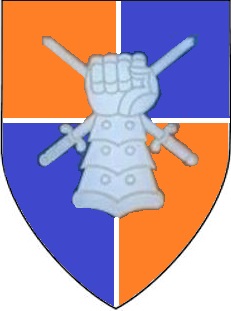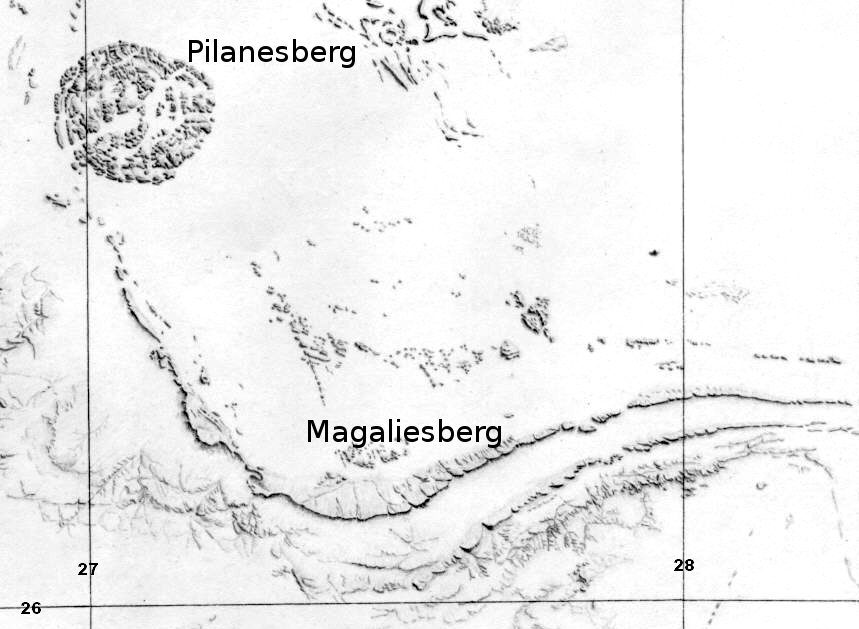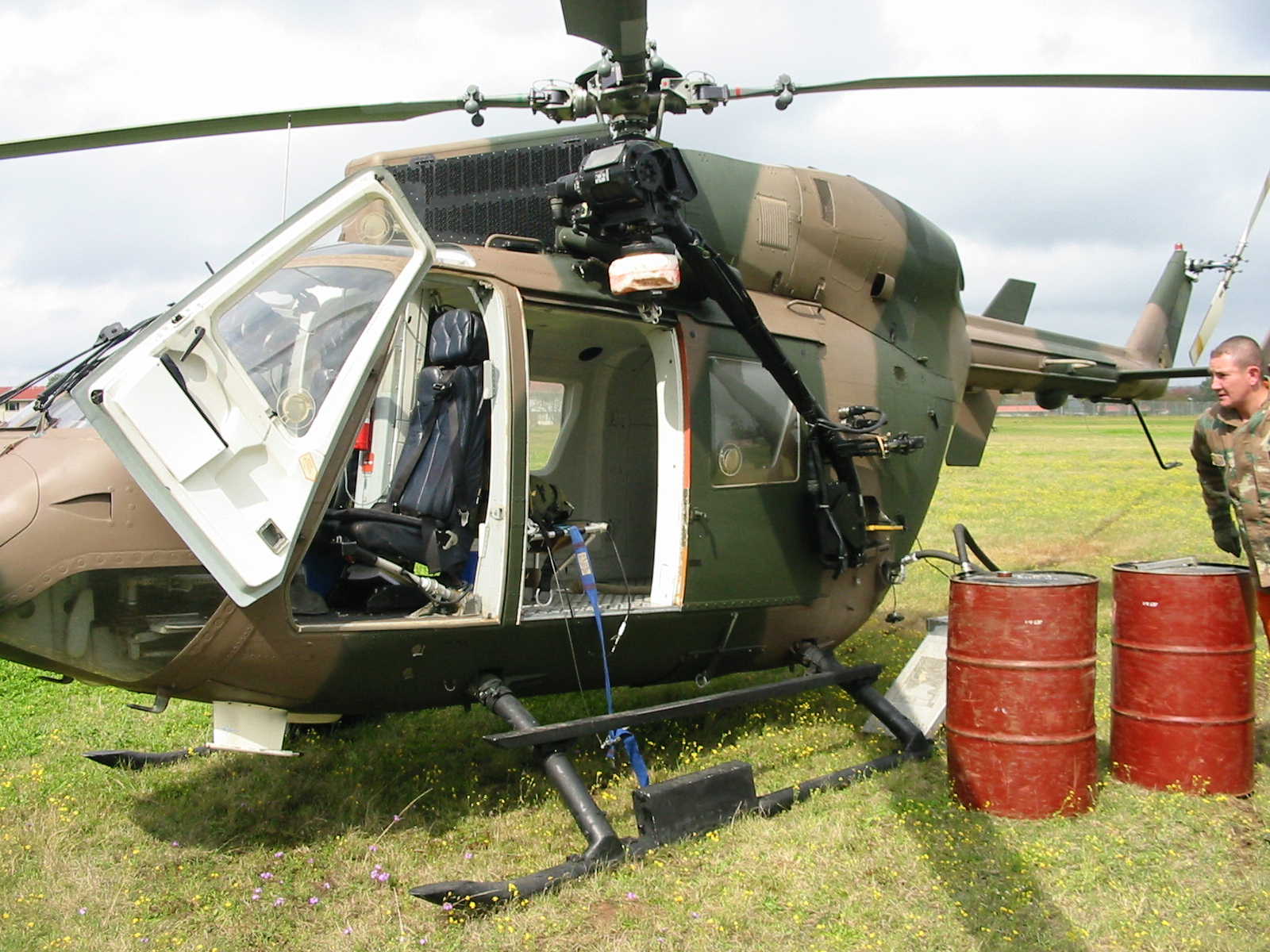|
Pretoria Armoured Regiment
The Pretoria Armour Regiment (formerly the Pretoria Regiment) is a reserve armoured regiment of the South African Army. History Origin The Pretoria Regiment was formed on 1 July 1913 as the 12th Infantry Battalion (The Pretoria Regiment) – a unit of the Active Citizen Force – by the amalgamation of several units: the Pretoria Company of the Transvaal Scottish Regiment, Transvaal Scottish, the Central South African Railway Volunteers, the Northern Mounted Rifles and the Pretoria detachment of the Transvaal Cycle and Motor Corps. The Regiment began as an Infantry Bn and served the UDF in this capacity for 30 years from 1913 to 1943.In 1943, the PR converted to Armour at the RAC depots in Egypt - for the Italian Campaign, as part of the 6 SA Armoured Division - and has served the UDF, the SADF and the SANDF in both these capacities since then. World War One In August 1914, at the request of the British government, the South African government declared War on Austria, Germa ... [...More Info...] [...Related Items...] OR: [Wikipedia] [Google] [Baidu] |
South African Armoured Corps
The South African Army Armour Formation provides an Armoured warfare, Armour capability to the South African Army. The Formation came into being as part of a restructure. South African Armour Corps units previously under the command of various different brigades and other formations were all grouped under one formation. All armour is assigned to the SA Army Armour Formation under the charge of a General Officer Commanding. History Armoured Origins South Africa employed armoured cars as early as 1915 during its invasion of the then-German South West Africa (now Namibia). After the end of the First World War a single Medium Mark A Whippet light tank was purchased for the Union Defence Force and was operationally employed during the Rand Rebellion, 1922 Rand revolt. The tank in question is now on display at the Army College at Thaba Tshwane. The formation of an armoured corps was proposed in 1924. An armoured car section was formed the next year when two Vickers machine gun-armed Cr ... [...More Info...] [...Related Items...] OR: [Wikipedia] [Google] [Baidu] |
SADF Era Regiment Pretoria Commemorative Letter
The South African Defence Force (SADF) (Afrikaans: ''Suid-Afrikaanse Weermag'') comprised the armed forces of South Africa from 1957 until 1994. Shortly before the state reconstituted itself as a republic in 1961, the former Union Defence Force was officially succeeded by the SADF, which was established by the Defence Act (No. 44) of 1957. The SADF, in turn, was superseded by the South African National Defence Force in 1994. Mission and structure The SADF was organised to perform a dual mission: to counter possible insurgency in all forms, and to maintain a conventional military arm which could defend the republic's borders, making retaliatory strikes as necessary. As the military expanded during the 1970s, the SADF general staff was organised into six sections—finance, intelligence, logistics, operations, personnel, and planning; uniquely, the South African Medical Service (SAMS) was made co-equal with the South African Army, the South African Navy and the South African A ... [...More Info...] [...Related Items...] OR: [Wikipedia] [Google] [Baidu] |
Succulent
In botany, succulent plants, also known as succulents, are plants with parts that are thickened, fleshy, and engorged, usually to retain water in arid climates or soil conditions. The word ''succulent'' comes from the Latin word ''sucus'', meaning "juice" or "sap". Succulents may store water in various structures, such as leaves and stems. The water content of some succulent organs can get up to 90–95%, such as '' Glottiphyllum semicyllindricum'' and '' Mesembryanthemum barkleyii''. Some definitions also include roots, thus geophytes that survive unfavorable periods by dying back to underground storage organs (caudex) may be regarded as succulents. The habitats of these water-preserving plants are often in areas with high temperatures and low rainfall, such as deserts, but succulents may be found even in alpine ecosystems growing in rocky or sandy soil. Succulents are characterized by their ability to thrive on limited water sources, such as mist and dew, which makes them ... [...More Info...] [...Related Items...] OR: [Wikipedia] [Google] [Baidu] |
Magaliesberg
The Magaliesberg (historically also known as ''Macalisberg'' or ''Cashan Mountains'') of northern South Africa, is a modest but well-defined mountain range composed mainly of quartzites. It rises at a point south of the Pilanesberg (and the Pilanesberg National Park) to form a curved prominence that intersects suburban Pretoria before it peters out some to the east, just south of Bronkhorstspruit. The highest point of the Magaliesberg is reached at Nooitgedacht, about above sea level. A cableway reaching to the top of the mountain range is located at Hartbeespoort Dam, providing sweeping views of the Magaliesberg and surrounding area. Geology The Magaliesberg has ancient origins. Its composition is ascribed to successive geological processes over a very protracted history. Its quartzites, shales, chert and dolomite were deposited as sediments in an inland basin on top of a 3 billion year old Archaean Basement Complex, known as the Kaapvaal craton. This process of sedi ... [...More Info...] [...Related Items...] OR: [Wikipedia] [Google] [Baidu] |
Impala
The impala or rooibok (''Aepyceros melampus'', lit. 'black-footed high-horn' in Ancient Greek) is a medium-sized antelope found in eastern and southern Africa. The only extant member of the genus '' Aepyceros'', and tribe Aepycerotini, it was first described to Europeans by German zoologist Hinrich Lichtenstein in 1812. Two subspecies are recognised—the grassland-dwelling common impala (sometimes referred to as the Kenyan impala), and the larger and darker black-faced impala, which lives in slightly more arid, scrubland environments. The impala reaches at the shoulder and weighs . It features a glossy, reddish brown coat. The male's slender, lyre-shaped horns are long. Active mainly during the day, the impala may be gregarious or territorial depending upon the climate and geography. Three distinct social groups can be observed: the territorial males, bachelor herds and female herds. The impala is known for two characteristic leaps that constitute an anti-predator str ... [...More Info...] [...Related Items...] OR: [Wikipedia] [Google] [Baidu] |
SANDF Oliphant Mark 2 Mbtank
The South African National Defence Force (SANDF) comprises the armed forces of South Africa. The Chief of the SANDF is appointed by the President of South Africa from one of the armed services. They are in turn accountable to the Minister of Defence and Military Veterans of the Defence Department. The military as it exists today was created in 1994, following South Africa's first nonracial election in April of that year and the adoption of a new constitution. It replaced the South African Defence Force and also integrated uMkhonto we Sizwe (MK), and the Azanian People's Liberation Army (APLA) guerilla forces. History Integration process In 1994, the SANDF took over the personnel and equipment from the SADF and integrated forces from the former Bantustan homelands forces, as well as personnel from the former guerrilla forces of some of the political parties involved in South Africa, such as the African National Congress's Umkhonto we Sizwe, the Pan Africanist Congress's Aza ... [...More Info...] [...Related Items...] OR: [Wikipedia] [Google] [Baidu] |
Centurion Tank
The FV4007 Centurion was the primary main battle tank of the British Army during the post-World War II period. Introduced in 1945, it is one of the most successful post-war tank designs, remaining in production into the 1960s, and seeing combat into the 1980s. The chassis was adapted for several other roles, and these variants have remained in service. It was a very popular tank with good armour, maneuverability, mobility, and a powerful main armament. Development of the Centurion began in 1943 with manufacture beginning in January 1945. Six prototypes arrived in Belgium less than a month after the war in Europe ended in May 1945. It entered combat with the British Army in the Korean War in 1950 in support of the UN forces. The Centurion later served on the Indian side in the Indo-Pakistani War of 1965, where it fought against US-supplied M47 Patton, M47 and M48 Patton tanks, and it served with the Royal Australian Armoured Corps in the Vietnam War. Israel's army used Centurio ... [...More Info...] [...Related Items...] OR: [Wikipedia] [Google] [Baidu] |
Sherman Firefly
The Sherman Firefly was a medium tank used by the United Kingdom and some armoured formations of other Allies in World War II, Allies in the Second World War. It was based on the US M4 Sherman but was fitted with the more powerful British calibre Ordnance QF 17-pounder, 17-pounder anti-tank gun as its main weapon. Conceived as a stopgap until future British tank designs came into service, the Sherman Firefly became the most common vehicle mounting the 17-pounder in the war. The British Army made extensive use of Sherman tanks, but they expected to have their own tank models developed soon, so the idea of mounting the 17-pounder in the Sherman was initially rejected. However, through the efforts of two persistent British officers, government reluctance was eventually overcome, and the Firefly went into production. This proved fortunate, as the Cruiser Mk VIII Challenger and Cromwell tank, Cruiser Mk VIII Cromwell tank designs experienced difficulties and delays. After the prob ... [...More Info...] [...Related Items...] OR: [Wikipedia] [Google] [Baidu] |
Ferret Armoured Car
The Ferret armoured car, also commonly called the Ferret scout car, is a British armoured fighting vehicle designed and built for reconnaissance purposes. The Ferret was produced between 1952 and 1971 by the UK company Daimler. It was widely used by regiments in the British Army, as well as the RAF Regiment and Commonwealth countries throughout the period. History The Ferret was developed in 1949 as a result of a British Army requirement issued in 1947. 'Light reconnaissance cars' existed during the Second World War, notably the Daimler Dingo. Given its experience with the successful Dingo (6,626 produced and one of two British AFVs produced throughout WWII) Daimler was awarded a development contract in October 1948, and in June 1950 the first prototype of the Car, Scout, 4×4, Liaison (Ferret) Mark 1 was delivered. Designated the FV 701(C), it was one of several versions resembling the original Daimler scout cars, and represented the basic model Ferret. This shared many simil ... [...More Info...] [...Related Items...] OR: [Wikipedia] [Google] [Baidu] |
Artillery Tractor
An artillery tractor, also referred to as a gun tractor, is a specialized heavy-duty form of tractor unit used to tow artillery pieces of varying weights and calibres. It may be wheeled, tracked, or half-tracked. Traction There are two main types of artillery tractors, depending on the type of traction: wheeled and tracked. * Wheeled tractors are usually variations of lorries adapted for military service. * Tracked tractors run on continuous track; in some cases are built on a modified tank chassis with the superstructure replaced with a compartment for the gun crew or ammunition. In addition, half-track tractors were used in the interwar period and in World War II, especially by the Wehrmacht. This type of tractor was mostly discontinued postwar. History World War I The first artillery tractors were designed prior to the outbreak of World War I, often based on agricultural machines such as the Holt tractor. Such vehicles allowed the tactical use of heavier guns ... [...More Info...] [...Related Items...] OR: [Wikipedia] [Google] [Baidu] |
Morris C8
The Morris Commercial C8 FAT (Field Artillery Tractor), commonly known as a ''(Beetle-back) Quad'', is an artillery tractor used by the British and Commonwealth (including Canadian forces), during the Second World War., first published in Classic Military Vehicle magazine It was used to tow field artillery pieces, such as the 25-pounder gun-howitzer, and anti-tank guns, such as the 17-pounder. Although its sloped sides suggest otherwise, the Quad was not armoured. Development In 1937 the War Department identified a need for a new FAT to supplement, and then replace, the Light Dragon and Morris CDSWs then in service. A specification was issued for a four-wheeled, four-wheel drive vehicle, with winch, on a short chassis. Guy Motors produced their design quite quickly using existing components, and Morris followed with theirs. It was a totally new, but conventional, design evolved from the Morris CS8 15-cwt GS truck. It included a new four-cylinder engine mounted on a subf ... [...More Info...] [...Related Items...] OR: [Wikipedia] [Google] [Baidu] |










